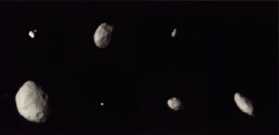This is a composite image of the small moons of Saturn.
Click on image for full size
NASA
Small Moon
A small moon is a moon which is hard to see. The pictures of these moons often have poor resolution. In general, no detailed spectra of these moons have been taken. This makes it hard to know anything specific about these moons. Small moons are about the size of a city.
As the cameras we send into space aboard spacecraft improve so will the pictures we take of these small moons. An example of a small moon is Saturn's moon Helene which is only 10 miles across! It is still difficult to say anything about this moon because the features are too hard to see.
Most small moons are also icy, meaning that they seem to be composed of ice. For example Uranus' moon Miranda which is small, only 200 miles across, but seems to be made of ice. Some small moons may be rocky, however.
You might also be interested in:

Helene was discovered on February 29, 1980, by Pierre Laques and Raymond Despiau of the Pic du Midi Observatory, France, and J. Lecacheux from the Meudon Observatory, France. Their discovery was made using
...more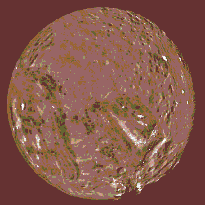
Miranda was discovered by G. Kuiper in 1948. It has a standoff distance of 129,780 km. Miranda one of the smallest icy moons, and is as wide as the distance from Los Angeles to San Francisco, being 47
...more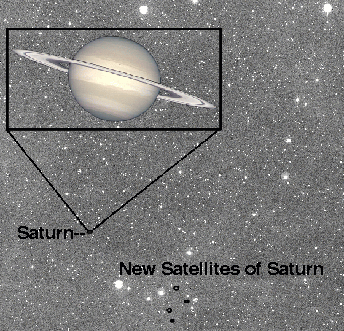
In the last 20 years, there have been many observations that lead us to think that Saturn has many more small moons than we previously thought. In fact, October 26, 2000, a group of astronomers announced
...more
In the last 20 years, there have been many observations that lead us to think that Saturn has many more small moons than we previously thought. In fact, in October 2000, a group of astronomers led by Brett
...more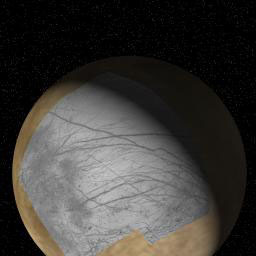
Jupiter has // Call the moon count function defined in the document head print_moon_count('jupiter'); moons and a ring system. The four Galilean satellites; Io, Europa, Ganymede, and Callisto, are among
...more
Nereid was discovered by G. Kuiper in 1949. Of the 8 moons it is the farthest from Neptune, with a standoff distance of 5,513,400 km. Nereid is one of the small moons, and is about as long as the distance
...more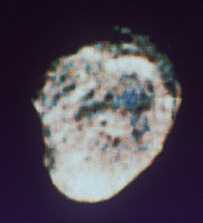
Hyperion was discovered by W. Bond in 1848. Hyperion is the 3rd farthest moon from Saturn, with a standoff distance of 1,481,000 km. Hyperion is 175 x 100 km (117 x 67 miles) in size. Its dimensions make
...more
Saturn has // Call the moon count function defined in the document head print_moon_count('saturn'); moons and a complex ring system. The moon Titan is one of the few moons in the solar system with a significant
...more


